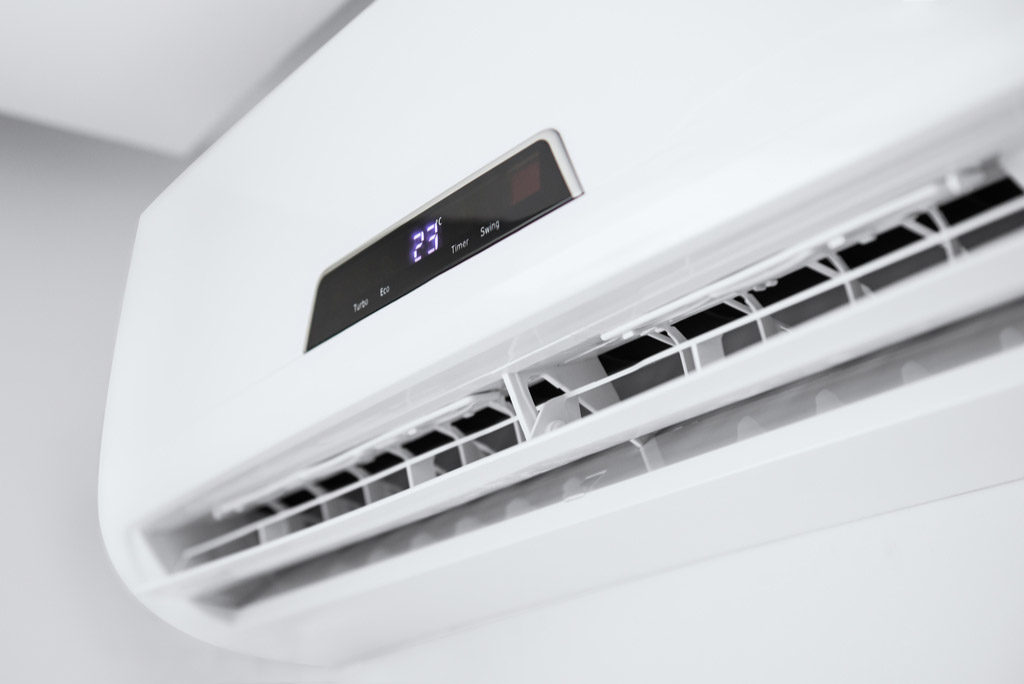
What are the Essential Components of an AC that make it work? Fort Worth, TX
Air conditioners are an important part of your HVAC that you simply cannot do without in summers in Fort Worth, TX. To keep it running well in the summers, you need air conditioning service to make sure that it doesn’t cause you any problems when you need it most. Inside the air conditioning system, you’ll find a chemical known as a refrigerant that can easily change from its liquid state into a vapor and vice versa when needed. This is important to carry the heat away from your indoor air to maintain a supply cool air at all times.
An air conditioning service may be required in Fort Worth, TX, when the refrigerant levels are lower than normal or any of the components of the AC fails to perform efficiently. Before we move on to how these components function, you should know when the refrigerant flows through each of them. The refrigerant goes through the compressor, into the condenser coil from where it reaches the metering device and finally moves through to the evaporator from where it goes back into the condenser. Here are how each of the components work.
Condenser Coil
When your refrigerant is in its vapor state at high pressure, meaning it is carrying the heat, it passes into a condenser coil. When the refrigerant passes through the coil, the air blown from the AC fan, blows over the coil to cool the refrigerant down. When it cools down, the refrigerant condenses, hence the name condenser. When there is less refrigerant, that means you need air conditioning service to recharge your AC’s refrigerant levels to the optimum once again in Fort Worth, TX.
The condensing unit is typically outside of your house. You may have even seen this unit outdoors. When you place your hand above this unit you can feel that the warm air is being blown outside into the atmosphere. The refrigerant vapor enters into this unit to have the heat energy removed from it to turn it back into cool liquid. The air from the fan does performs this job. The heat that is thrown out of your condensing unit is the heat from inside. When the fan is exposed to too much wear and tear and doesn’t cool the refrigerant down, you might need some air conditioning service in Fort Worth, TX.
Compressor
Many HVAC professionals call the compressor the heart of your AC. This is because, similar to your heart pumping blood throughout your body at a specific rate (your blood pressure), the refrigerant is pumped throughout the “body” of your AC. In many ways your AC is similar to your body, and needs to be maintained to perform well. Just as you visit the doctor’s for your biannual checkup, you need air conditioning service in Fort Worth, TX.
The refrigerant comes into the compressor while it is still in its vapor state. The compressor sucks in the refrigerant, literally, which is why the side where the refrigerant enters is known as the suction or low pressure side of the compressor. The compressor serves to apply pressure to the refrigerant, making it intensely hot and highly pressurized. This is why many compressors come with the warning not to touch the copper refrigerant lines coming out from the compressor. The compressor is an integral part of the whole system and if it fails, you might just need more than air conditioning service in Fort Worth, TX. The compressor refrigerant lines feed into the condenser where the refrigerant transforms to a liquid, which is still at higher pressure.
Evaporator Coil
This is where the refrigerant goes after it leaves the metering device (discussed later) at low pressure. The Evaporator coil takes in the low pressure refrigerant, currently in its liquid state, and has a fan blowing across it.Because the heat enters the coil at a lower pressure, it starts boiling and bubbling back to a vapor state. While this is happening, heat energy from the air blowing through it is being absorbed by the refrigerant. This means that the air being thrown out of the evaporator to the rest of the house is cool. It flows through the ducts to spread evenly throughout your house. If your ducts are clogged, air conditioning service in Fort Worth, TX can help take care of that.
So this is essentially where the cool air comes from. The warm or hot air being thrown by the fan passes over the evaporator coil that has the cool and low pressure refrigerant. This is where the refrigerant absorbs the heat, turning into vapor, leaving the cool air the cool air to be distributed through the rest of the house or building.
The low pressure end of the compressor sucks the refrigerant (in its vapor state) into the compressor where the heat from the air absorbed from the evaporator into the refrigerant is released and expelled. The compressor heats and pressurizes the compressor, thus beginning the cycle once again. Again, to ensure that the system is running effectively, you must have timely air conditioning service in Fort Worth, TX for your HVAC.
Metering Device
The metering device is what controls the flow of refrigerant to the evaporator. It acts as a divider between the high and low pressure regions of the cycle. When the high pressure liquid goes through your metering device, making its way to the evaporator, the pressure drop begins. Since this component is critical, you must be ready to hire and air conditioning service in Fort Worth, TX to fix the issue.
What we’ve figured out so far is that the AC works by the refrigerant changing states from vapor to liquid (when it releases the heat through the condenser unit outside) and back to vapor (absorption of heat from the air being blown in the evaporator).
Point to Remember: There is something that you need to know while you use the AC in your house, however. Because your AC takes away the humidity, you have to continue to keep your fluids up, by drinking water, or you may just run the risk of becoming dehydrated.
To have a professional technician come and take a look at your AC, choose One Hour Heating and Air to get impeccable air conditioning service in Fort Worth, TX.

